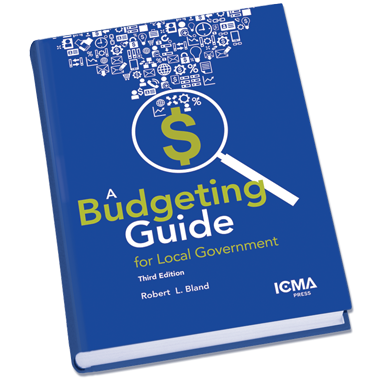
Initiatives to reform the local tax structure always begin with the highest aspirations and noblest intentions but frequently end in disappointment. As discussions for tax reform progress, participants come to realize the complex trade-offs that must be made, and too often they conclude that the political costs are not worth the economic gains. The following tips, while lowering aspirations, may elevate results:
- The more heavily a tax is used, the more apparent its economic and political defects become. Increasing rates on existing taxes without correcting the deficiencies of the existing tax structure exacerbates hidden flaws.
- Because of their visibility, higher tax rates on a relatively narrower tax base have a more detrimental effect on economic growth than more moderate rates on a broader tax base. Tax reformers should look first to broadening the existing tax base before raising tax rates. . . .
- Tax reforms that occur incrementally over time generally have a better chance of succeeding politically than sweeping tax reforms introduced over a short period.
- One of the easiest reforms is the elimination of nuisance taxes that have low revenue yields and high administrative and/or compliance costs. . . .
- Excise taxes, especially sin taxes and those borne by nonresidents, usually arouse the least political opposition.
- Because tax reform almost always comes with considerable political costs to leaders, successful tax reforms require strong political support from elected officials who have an abundance of credibility with voters. The key is to clearly and convincingly articulate the benefits from the reforms, whether through improved public services on the expenditure side or reduced inequities and inefficiencies on the revenue side.
- Low tax rates do not guarantee economic growth, as a number of states are discovering. On the other hand, nonneutral tax policies do guarantee that a state or local government’s economy will never grow to its fullest potential. For the tax reformer the lesson is this: In the long term, the greatest gains toward economic prosperity come from increasing tax neutrality rather than from reducing tax rates, all other things being equal.
- A well-designed tax structure can make tax incentives unnecessary. An equitable tax structure that minimizes adverse economic effects, such as border-city/county effects, is a government’s most effective tool for creating a favorable business environment.
Excerpted from “Chapter 2: Revenue choices: Principles to guide the manager,” in A Budgeting Guide for Local Government, Third Edition. ©ICMA, 2013.
New, Reduced Membership Dues
A new, reduced dues rate is available for CAOs/ACAOs, along with additional discounts for those in smaller communities, has been implemented. Learn more and be sure to join or renew today!
